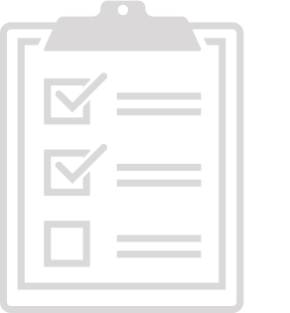
Things you can do…
Pre trip
- Plan to visit areas that will cope with your group’s planned adventure.
- Plan to use areas appropriate to your group – heavily used and managed areas are best for novices while those with greater experience can visit little used areas.
- Keep your party small.
- Take a lightweight fuel stove/thermos (try to do without the fire).
- Check out where toilets are & carry appropriate gear (trowel, paper & handwash) to ‘go rough’ if necessary.
- Clean your boots, removing soil and organic matter before you hit the trail and when you leave an area of known plant diseases. You may come across Phytophthora hygiene stations, please use them. Phytophthora, otherwise known as root-rot fungus is killing our native plants and threatens the survival of animals. Please help stop the spread (on your muddy shoes) by staying on the tracks and complying with hygiene stations. If there is a track, use it!
During your trip
- Take a rubbish bag and be prepared to take everything out, including banana & orange peels, apple cores, cigarette butts, lolly wrappers etc.
- Car pool, ease the strain on the environment, and your pocket!
- If you are walking off trail, spread out so as not to create a new track.
- Avoid walking through more fragile areas such as soft marshy ground or steep, unstable dunes & hillsides
- Don’t create new trails or build cairns – others need a sense of discovery just like you do.
Toilets
If there is a toilet, use it! If there is no toilet ‘go rough’.
Go at least 100m from watercourses and your campsite. Dig a hole, 8 to 15cm deep (in the biologically active layer in the soil). When done, ensure you refill your hole, and perhaps put a rock on top. The last thing you want is for an animal to dig it up, and then go and pol- lute the water way you were trying to preserve. If you are going river walking or to a pristine environment, find out ways to bring your waste back out with you, it is easier than you think. Always wash your hands afterwards, always! And do it away from water supplies. Carry out tampons and sanitary pads.
Camping
- Always use existing camp sites unless you have permission to do otherwise. Choose a site with good drainage, avoid digging trenches or filling holes!
- Dig a sump pit for any waste water (strain out the food particles), limiting your mess.
- Do not wash pots, you or part of your body in waterways, and if you have to use detergents, use biodegradable products.
- Do not break limbs off trees, move rocks or rip up vegetation for whatever reasons. The local inhabitants of the area (insects, worms, birds, snakes, lizards etc.) will thank you for it.
National parks have a code that makes good sense to follow no matter where you walk!

